#folktales
Text
WAIT WAIT WAIT

YOU'RE TELLING ME
THE TITLE CARD FROM CINDERELLA (1950) EXPLICITLY SAYS IT'S BASED ON THE PERRAULT VERSION OF THE STORY???
WE COULD HAVE AVOIDED ALL THE SANCTIMONIOUS EDGELORDS SMARMING ABOUT HOW "well Disney toned it down; the One True Grimms' Original akschully has blood and no fairy and feet getting cut up, so there" IF THEY HAD JUST
BOTHERED TO PAY ATTENTION TO THE MOVIE AND THEN GOOGLE "PERRAULT CINDERELLA???"
excuse me I need to go scream into a pillow
(I'm not saying Ashenputtel isn't possibly older as a folktale than its 1812 publication date in the Grimms' book, but Perrault's version was published in the 1690s. so...)
#fairytales#folktales#cinderella#disney#charles perrault#the brothers grimm#and if you're obsessed with originality. the earliest recorded version of the story is like a paragraph long and completely bloodless#'there was a lovely courtesan. an eagle carried one of her sandals to Pharaoh. he used it to find her and married her. The End."#(Rhodopis if you want to look it up)
2K notes
·
View notes
Photo
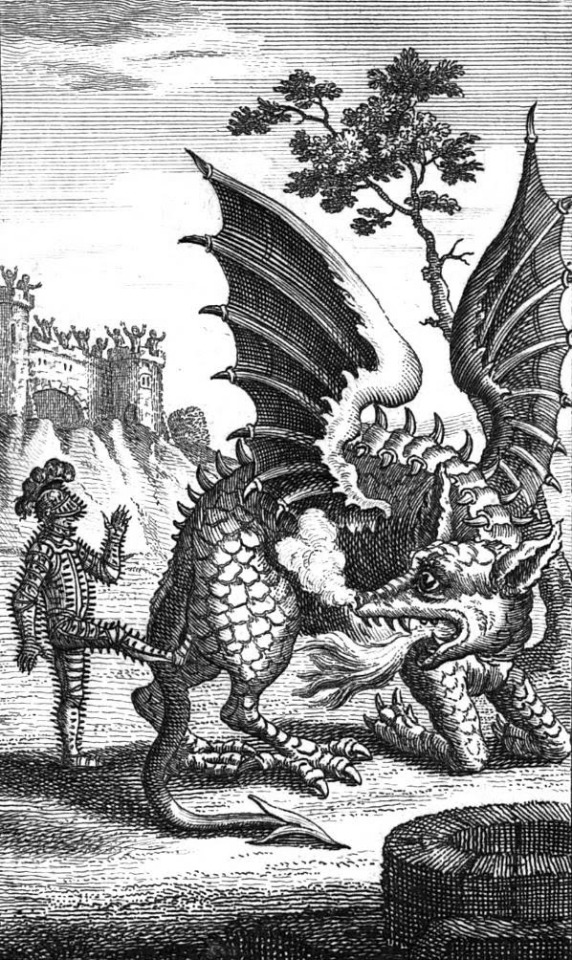
Sir Moore of Moore Hall kicks The Dragon of Wantley in it’s ‘Arse-gut’
Frontispiece of the libretto for the opera The Dragon of Wantley (1737)
4K notes
·
View notes
Text
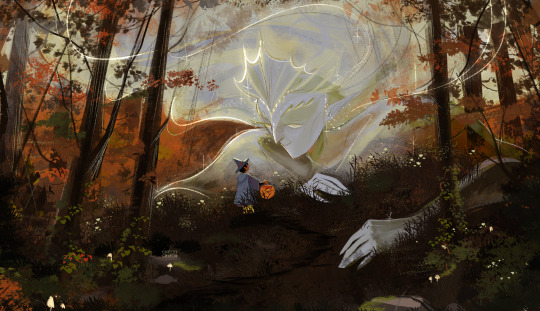
A small child visits the Fae king in the forest after he just finished trick or treating 🍂🍂🍂🎃
#artists on tumblr#digital art#digital illustration#digital painting#oc#original characters#character illustration#illustration#faerie#fae folk#fae king#goblincore#fairycore#fairies#autumn#fall#halloween#folktales#concept art#character concept#fantasy#procreate#nik's art#aesthetic#vintage fantasy
1K notes
·
View notes
Text






ukrainian fairytales illustrated by kateryna shtanko
404 notes
·
View notes
Text

Treasury of Jewish Folklore
443 notes
·
View notes
Photo
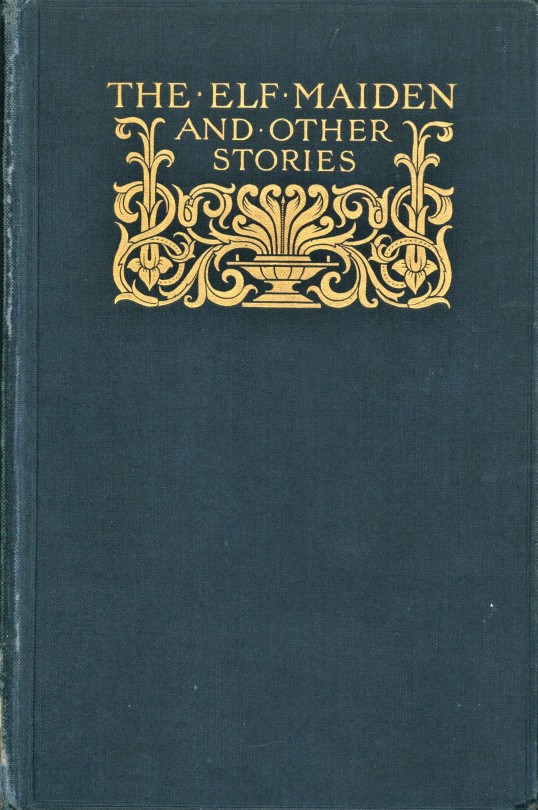

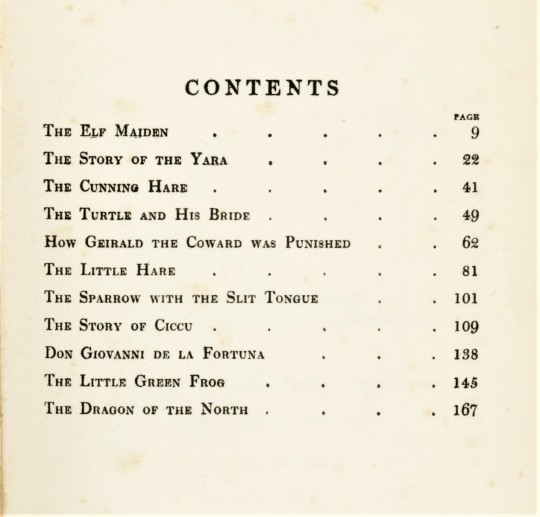

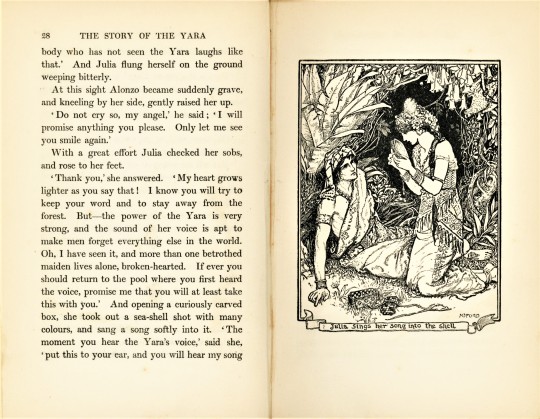


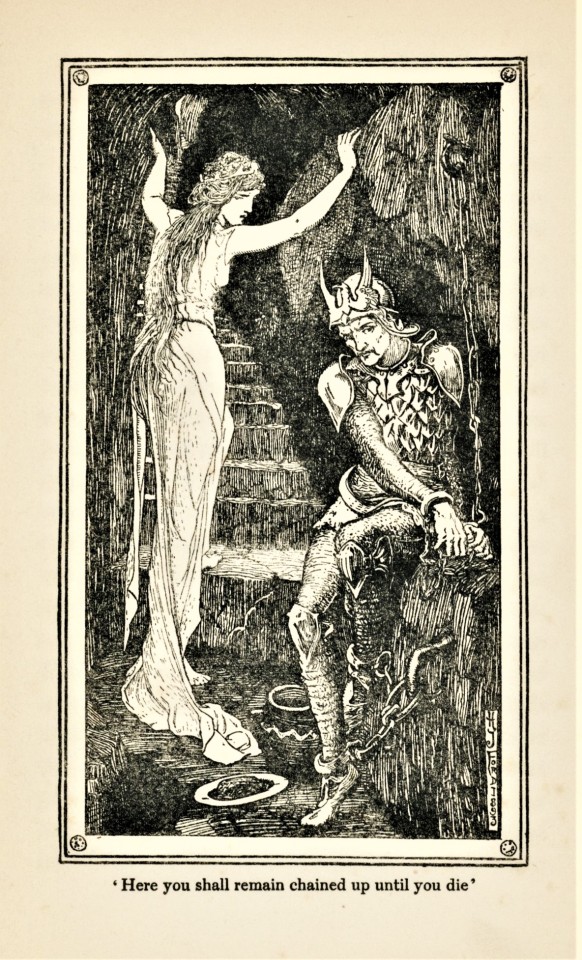
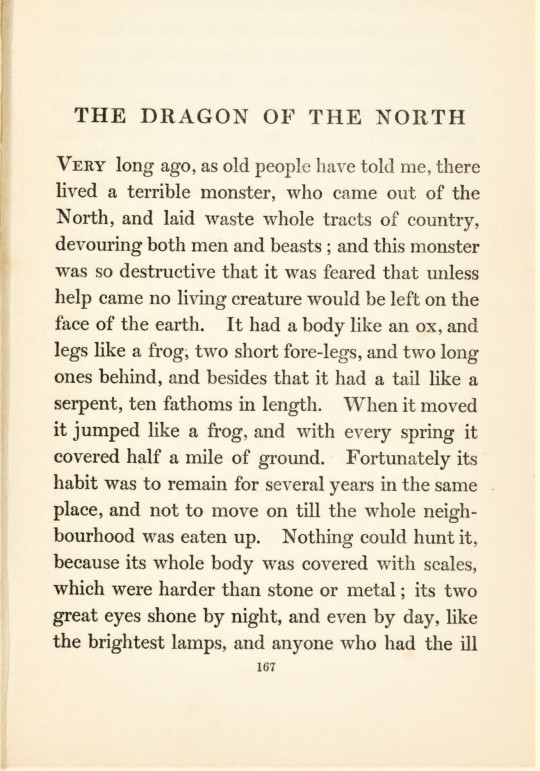

Andrew Lang Fairy Stories
With this semester - and my internship - coming to a close, I wanted to hop back into my wheelhouse for the remainder of my time in Special Collections.
The Elf Maiden: And Other Stories is a collection of eleven tales edited by Scottish poet and novelist Andrew Lang (1844-1912) and illustrated by Henry J. Ford (1860-1941). The book was first published in London and New York by Longmans, Green, & Co. in 1906. The stories in this edition first appeared in three of Lang’s popular “Coloured" Fairy Books: The Yellow Fairy Book (1894), The Pink Fairy Book (1897), and the The Brown Fairy Book (1904). Lang’s Fairy Books were a series of 24 children’s fairy tales, the most popular being the 12 Coloured" Fairy Books, that Lang’s wife, Leonora Blanche Alleyne (1851-1933) helped collaborate and translate.
Lang was considered to be one of the most versatile writers of his time. While he was a poet, historian, journalist, and critic, he was best known for his publications on folklore, mythology, and religion. Lang took an interest in folklore at a young age; he read John Ferguson McLennan before going to Oxford and was heavily influenced by Edward Burnett Tylor.
Henry J. Ford was a prolific and successful English artist and illustrator. While he began exhibiting with historically-themed paintings and beautiful landscapes at the Royal Academy of Art in 1982, it was his contributions to illustrated books that raised him to fame. I was excited to find that he was most famous for the illustrations he provided for Lang’s popular Fairy Books, which captivated an entire generation of children in Britain; these books saw translations and republications during the 1880’s and 1890’s.
View more posts on books by Andrew Lang.
View more posts on fairy tales.
View more posts from our Historical Curriculum Collection.
-- Elizabeth V., Special Collections Undergraduate Writing Intern
#Fairy Tales#Andrew Lang#The Elf Maiden#Henry J. Ford#Longmans Green & Co.#Lang's Fairy Books#Andrew Lang's“Coloured" Fairy Books#folktales#children's books#Historical Curriculum Collection#Elizabeth V.
640 notes
·
View notes
Text
You'll spend the night sitting and talking by the fire with a vampire girl. And she'll be much older then the vampires you've useally met. She's seen things that nobody else remembers. And she'll look so calm and small, sitting there in a little black suit, though you both know she could kill you.
And you'll offer her some of your blood for some wisdom. And she'll just sit there sipping it for a bit, peacefully, seeming so content with the world.
And she'll tell you things nobody else knows. Events from history no other source could confirm. Things only she knows about the figures of the deep past. She'll tell you what civilizations history barely knows were like. She tells you myths from cultures that never got a chance to write them down, whose only sources are half remembered tales from people who had stoped believing in those gods long ago. And she tells you which of her kind cannot be trusted, and where to go if you need safety nomatter what happens.
She keeps watch over your camp while you sleep. You pet her head before you drift off. And she won't be there in the morning. And you hope whoever hears about what you were like long after you're gone enjoys your story.
#196#my thougts#worldbuilding#fantasy#urban fantasy#writing#my worldbuilding#my writing#vampirism#vampires#vampyr#vampire#vampcore#myths#folktales
233 notes
·
View notes
Text

Dragon by Theodor Kittelsen
#theodor kittelsen#art#dragon#lair#cave#treasure#gold#treasure chest#coast#sea#nature#dragons#norway#norwegian#folklore#folktales#europe#european#scandinavian#scandinavia#mythology#nordic#northern europe#landscape#sword#crowns#chest#skeleton#skull
1K notes
·
View notes
Text



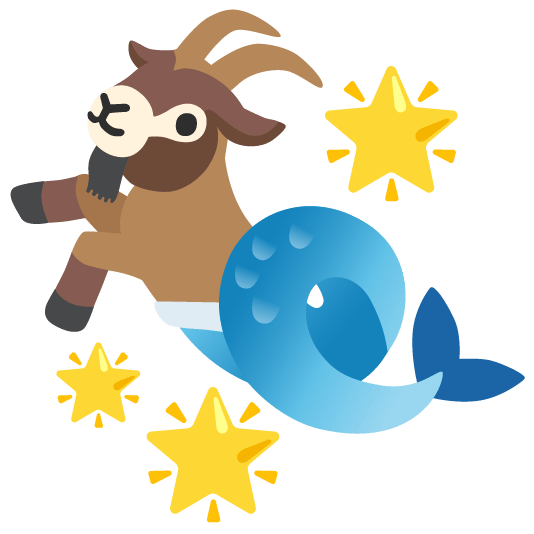





#mythical creatures#emoji#emojis#google emoji kitchen#monsters#fairytales#fables#mythology#folktales
510 notes
·
View notes
Text

Léon Georges Jean-Baptiste Carré (1878 ~ 1942) 1926 illustration for 'The Book of One Thousand and One Nights'
#Léon Georges Jean-Baptiste Carré#Léon Carré#The Book of One Thousand and One Nights#Leon Carre#One Thousand and One Nights#Arabian Nights#1920s#Middle Eastern folktales#Middle Eastern fairy tales#folktales#fairy tales#fairytale#fantasy#folklore#fairy tale illustration#vintage art#vintage illustration
93 notes
·
View notes
Text

Inktober 2023
Day 17 - Mermaid
“Among the leaves the mermaid hides…”
(A.S. Pushkin “Ruslan and Ludmila”)
159 notes
·
View notes
Text
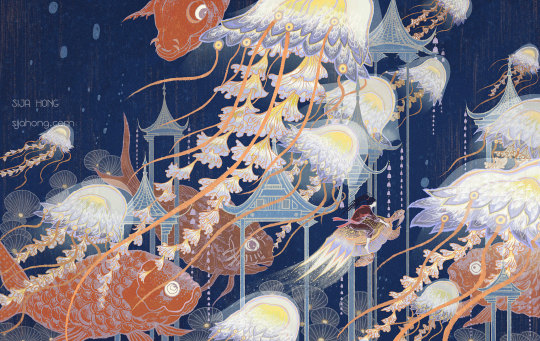
浦島太郎の物語I (1 of 2) - Sija Hong
#浦島太郎の物語I#The story of Taro Urashima I#Sija Hong#Urashimako#travelers#jellyfish#Japanese#folktales#fantasy art#digital art
106 notes
·
View notes
Text
Gothic Fantasy/Folk Horror Books: 10 Recommendations
Uprooted by Naomi Novik
Spinning Silver by Naomi Novik
Juniper & Thorn by Ava Reid
The Wolf and the Woodsman by Ava Reid
A Far Wilder Magic by Allison Saft
Down Comes the Night by Allison Saft
Not Good For Maidens by Tori Bovalino
The Bear and the Nightingale by Katherine Arden
Nettle & Bone by T. Kingfisher
The Gathering Dark: An Anthology of Folk Horror by Tori Bovalino and others
#juniper & thorn#the wolf and the woodsman#naomi novik#ava reid#t kingfisher#tori bovalino#gothic fantasy#folk horror#folktales#dark fairytale#fairytale retelling#eastern european#folklore#russian folklore#the bear and the nightingale#books#books and literature#book blog#ya books#book recs#book recommendations#bookish#booksbooksbooks#the brothers grimm#gothic books#dark fantasy#cozy fantasy#cozy books#polish folklore#jewish folklore
486 notes
·
View notes
Text
project intro, choking on sea salt

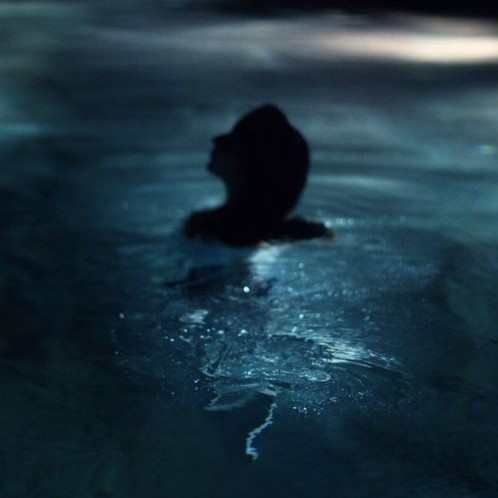

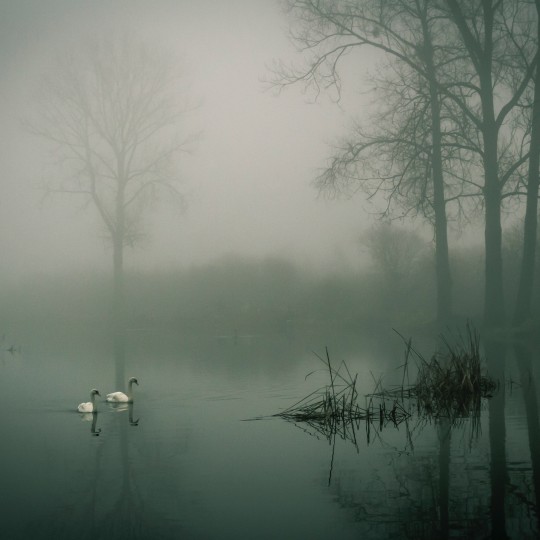
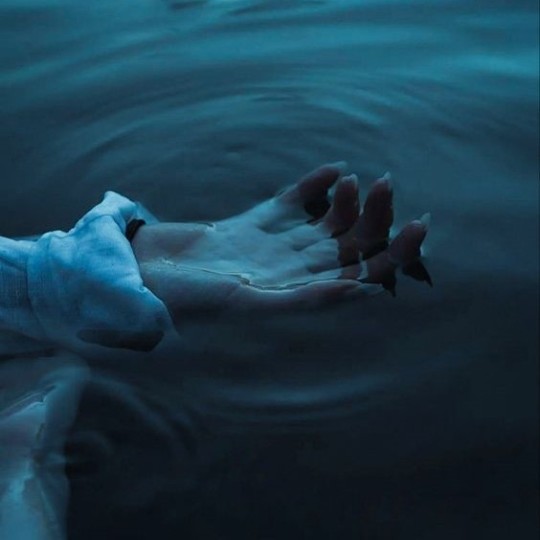
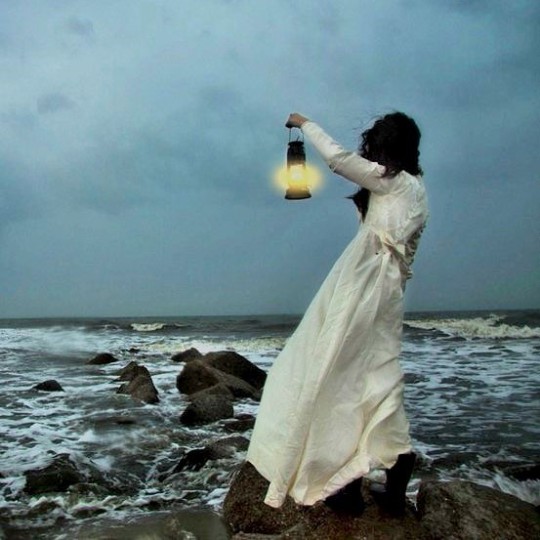
choking on sea salt
chapter 1, chapter 2 part one, chapter 2 part two
genre . gothic horror, folk horror
status . outlining, drafting
tag . #choking on sea salt
a fishing village with a foggy history. whispers and visions of century-old evils. unexplained shipwrecks and an ocean no one is permitted to step foot near.
if you're a fan of vengeful sirens, feminine rage, or the concept of "coastal gothic" (in the same vein as southern gothic), then choking on sea salt may draw your interest...

summary .
sadie is a young journalist intending only to study the history of a remote fishing village. upon her arrival, however, the residents are distrustful and avoidant of her questions. it is forbidden to step onto the beaches or into the water, and the ocean elicits a visceral fear in the locals. more notably, though, is the startling lack of women, and sadie’s attempts to speak with the few women present are repeatedly thwarted or outright denied. sadie’s suspicions are growing, her notebook contains more questions than answers, and the eerie song echoing through the night is drawing her closer and closer to the ocean – and the century-old evils that lie in wait beneath it.
please let me know if anyone would like to be added to the tag list for posts about this wip!
#choking on sea salt#my writing#writing#creative writing#writeblr#writer#original writing#fiction#excerpt#short story#writeblr community#project intro#wip intro#coastal gothic#sirens#horror#gothic horror#gothic fiction#folk horror#folktales#wipnook
207 notes
·
View notes
Text

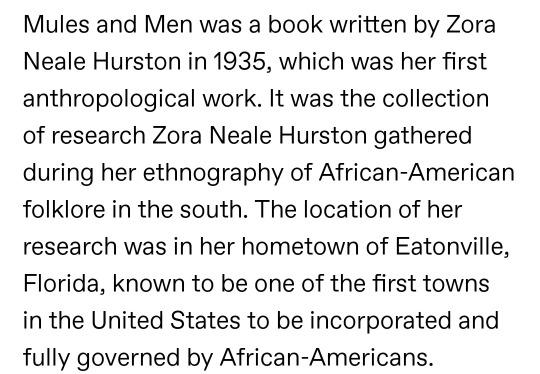
She also collected stories from New Orleans. In her introduction to Mules and Men, she wrote, "Florida is a place that draws people - white people from all over the world, and negroes from every Southern state surely and some the North and West."
Hurston documented 70 folktales during the Florida trip, while the New Orleans trip yielded a number of stories about Marie Laveau and voodoo traditions. Many of the folktales are told in vernacular; recording the dialect and diction of the Black communities Hurston studied. She would also go on to study folktales from the Caribbean, including Jamaica and Haiti. Sterling Allen Brown was another writer who also studied folktales and vernacular from the South.
#mules and men#zora neale hurston#book#folktales#anthropology#history#eatonville#florida#new orleans#louisiana
97 notes
·
View notes
Text
I'm looking at the Thompson index of folklore tropes because I'm writing more fairy tales for a client, and so many of the ones that are about knowing your place are things we've done.
"Don't try to measure the height of the heavens"- we've done it. it's called the Karman line, it's about 62 miles, and past that "height" has no meaning anymore
"Don't try to measure the depth of the ocean"- we've done it. at its deepest it's about 7 miles.
"Don't try to fly"- Messrs. Wright would like to have a word with you.
and the sad thing is, so many people still live by this kind of folktale-rule, and more like them. "don't try to be too wise", "don't try to be too happy", "don't stick up for yourself", "don't try to change your body to be something that feels good" - all morals of commonly told folktales on this index.
people are intemperately wise and good and happy and are fine. people stick up for themselves every day and are fine. people change and grow in ways that feel good every day, and will keep doing it until the end of the world.
these rules are all just as wrong as "don't measure the height of the heaven" and "don't measure the depth of the ocean".
every time you talk about icarus, you should remember orville and wilbur, too.
#the earl speaks#general malarkey#thompson index#folktales#the long road to the stars#all you have is your fire
439 notes
·
View notes